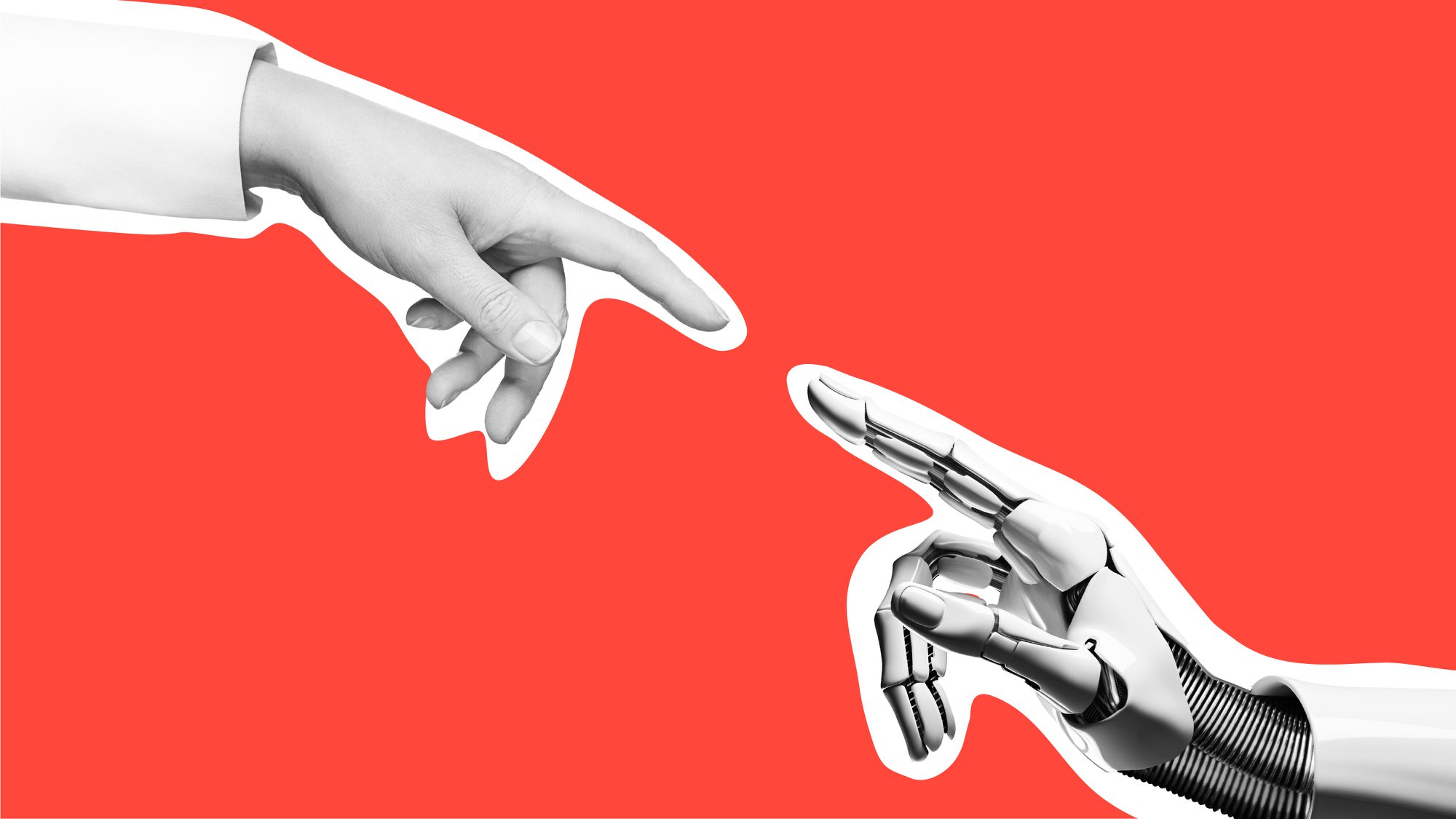Behavioural science can amplify employee recognition

People have a strong desire to know that what they do matters.
Put simply, behavioural science explores cognitive processes to help us understand why people do the things they do.
With this in mind, it makes perfect sense to bolster recognition initiatives with the principles of behavioural science. By applying and understanding psychological motivators, we’re able to develop more impactful ideas and solutions.
Behavioural science and employee experience
When we want to create change that results in happier, more motivated, higher-performing employees, behavioural science can be a game-changer.
A clearly defined employee reward and recognition strategy can make a significant difference in shaping an all-around better employee experience.
It could be by putting in place bespoke portals that enhance appreciation and reward, or improving the workings of performance management to mark the moments that matter, or any number of other options.
People are inspired, or sometimes nudged, to replicate behaviours that produce good outcomes. This goes beyond the self, creating a ripple effect on those around them.
A recent gallop survey showed that creating a culture of recognition can save a company with 10,000 employees up to $16.1 million in turnover costs annually!

Motivating performance isn’t simple.
When you want to motivate performance, a human-centred approach is best.
The principles of behavioural science offer an effective foundation for reward and recognition initiatives.
Why?
Because they align with the innate individual and social needs of people.
Here at The Team, we’re fortunate to have a fantastic Applied Behavioural Scientist in-house.
His extensive knowledge enables us to back up our ideas with a solid understanding of human psychological motivators.
Recognition, self-esteem, and true potential
Feeling recognised is an integral driver for increased motivation.
Most of us have heard of Abraham Maslow’s hierarchy of needs. It is perhaps the most well-known theory of motivation, claiming that all humans share the same types of hierarchical needs.
Essentially, if we are to reach our full potential, each level of Maslow’s pyramid must be met.
 Social needs at work are satisfied through belonging. The greater the feeling of connection with others, the more included people feel.
Social needs at work are satisfied through belonging. The greater the feeling of connection with others, the more included people feel.
When we share the same company values, behaviours and goals, our feeling of belonging heightens.
It increases again when we are recognised for our contribution towards these shared ideals and see others being rewarded along similar lines.
A sense of belonging is deepened further through shared identity, which is something I will discuss below.
Realising our full potential
The idea of mattering, of being valued, forms part of the journey towards realising our full potential. Reward and recognition play an important part in this stage.
When we are recognised for our achievements, our belief that our personal contributions matter – both from a personal perspective and for the greater good of the company and team, increases.
People need to feel safe and connected while on the journey to reaching their full potential.
Emotional validation is psychologically important; people want to feel understood and accepted.
A solid recognition strategy enables the validation process. By extension, this vastly increases the opportunity for people to reach their full potential.
‘Social reward’ allows our peers to see that what we offer has significance. This results in greater self-esteem.
 Principles for effective recognition
Principles for effective recognition
Alongside motivation theory, there are three important principles which encourage the effectiveness of employee recognition.
Rooted in behavioural science, these principles align with innate human needs and behaviours.
Shared identity
To build a culture of recognition, people need to be brought together on the same page.
A collective with a shared vision, mission, and goals.
When we consider this from a neurological standpoint, many scientists believe that critical areas of the brain use mirror neurons. This helps to explain the reasoning behind the principle of shared identity.
The biological mirror response occurs both when you experience something for yourself, and when you witness another person’s experience.
This means that when we think about another person’s experiences (for the purpose of identifying with them), we’re using the same parts of the brain as when an experience is our own.
When we see peers embracing values, behaviours, and goals and being recognised for achievements, we internalise the experience. This encourages a shared sense of identity not only with each other but within the context of company cultural behaviours and missions too.
Employee recognition maximises shared identity, leading to a true sense of shared purpose too.
Social Rewards
Never underestimate the value of connection amongst talent.
Connection is the basis of the social reward principle. It reinforces belonging and shared identity.
It is another innate human need. Relationships can produce many positive effects.
These include:
• Encouraging mental wellness
• Developing trust
• Deepening connections
• Nurturing loyalty
• Helping us to define our sense of self.
When we receive praise, the rewards centre in our brain activates. This is the same positive emotion we experience when receiving monetary rewards. We feel a rush of endorphins which then promote affiliation (one of the three needs in McClelland’s motivation theory) and loyalty to work.
Social recognition, and the resulting acquisition of a good reputation has a highly beneficial impact on employee experience.
It’s the act of recognition, and the human connection itself which has such a pull-on people.

Progress feedback
Feedback loops are vital.
People have a strong desire to know that what they do matters, through the impact it has had. This highlights to them that their contribution is meaningful, that their efforts count towards greater goals.
Feedback satisfies the buy-in employees have towards mission and values.
Remember, feedback needs to be timely, continuous, and frequent.
In an earlier blog post, I talked about the importance of recency. Recognition typically impacts an individual for just 3 weeks, so a consistent and relevant approach works best.
The same consistent and relevant approach can be applied to feedback.
German psychologist Herman Ebbinghaus’ forgetting curve demonstrates the relationship between how we retain the information we learn.
He highlights how we unconsciously store information in long-term memory banks.
Feedback loops are an opportunity to bring that information into the accessible and retained forefront … but, only if they are timely!
There are many touchpoints that make up the lifecycle of employee experience. The principle of progress feedback is a primary driver of job satisfaction.
 Recognising people for the progress made makes sense. By sharing this recognition via a platform or other internal communications channels, the feel-good factor is multiplied through peer-to-peer connections.
Recognising people for the progress made makes sense. By sharing this recognition via a platform or other internal communications channels, the feel-good factor is multiplied through peer-to-peer connections.
The basic act of regular feedback, even if it’s negative, signals something to the employee.
It implies they are worth giving feedback to. That you care about their actions.
It goes without saying that the benefits of feedback can be quickly undone if it’s delivered in an unprofessional manner. But, so long as the feedback is regular, constructive, and useful, it will send the right signal.
So, there we have it!
The behavioural science principles of shared identity, social reward, and progress feedback are an incredibly effective foundation of any employee recognition strategy.
If you’re looking to measure employee engagement, take a look at our blog on how do this.
Would you like to find out how we can help your brand?




